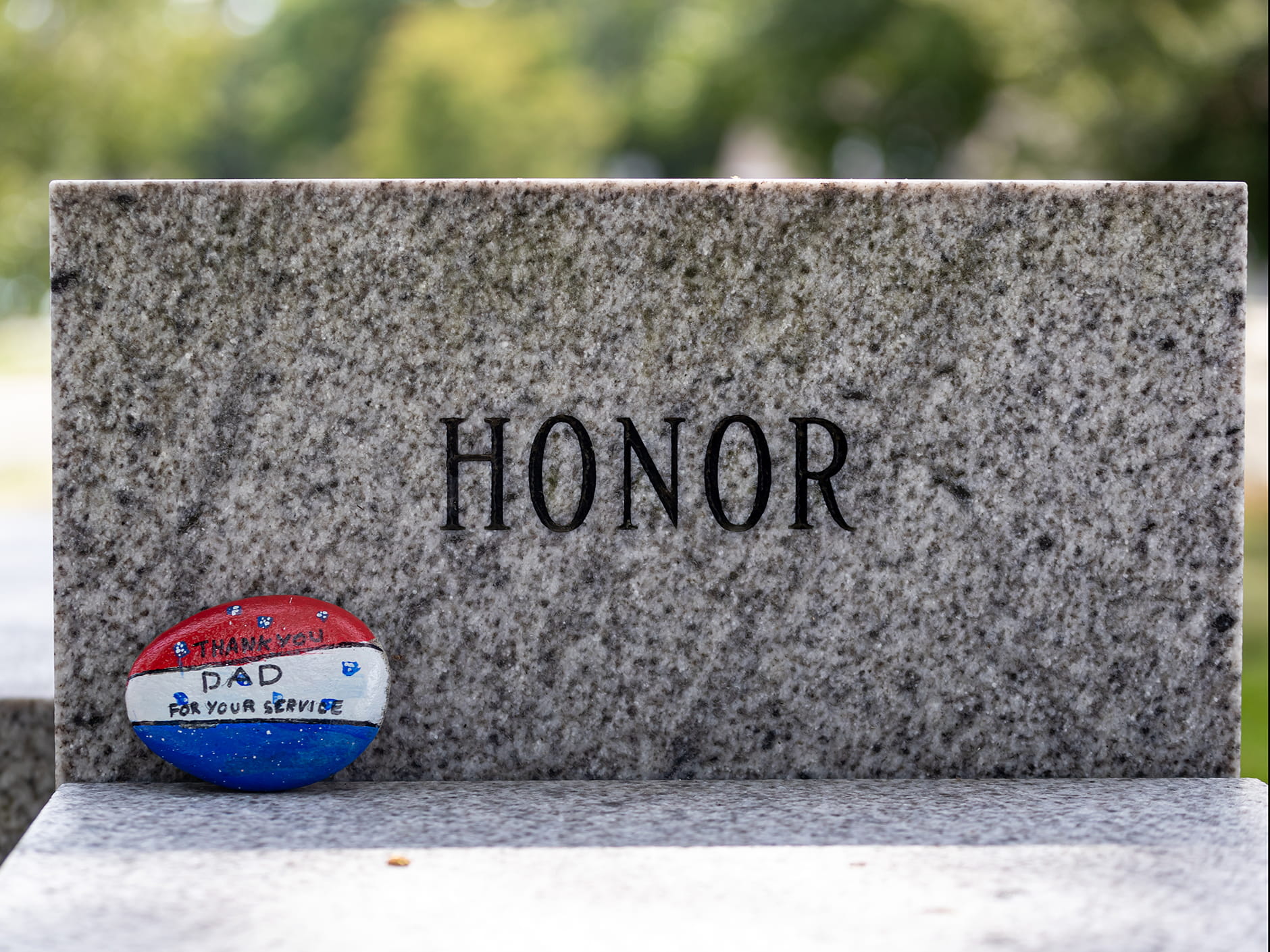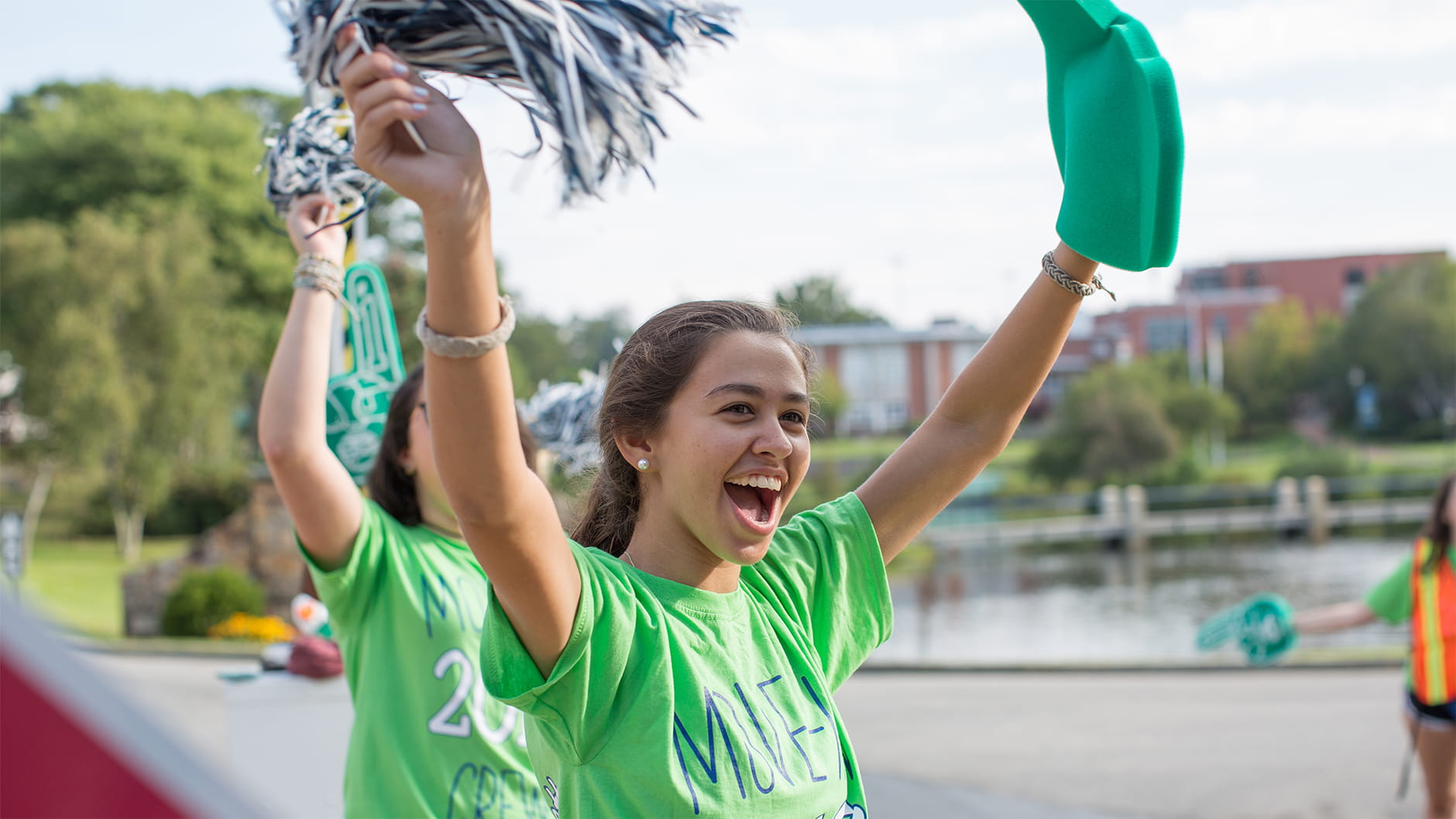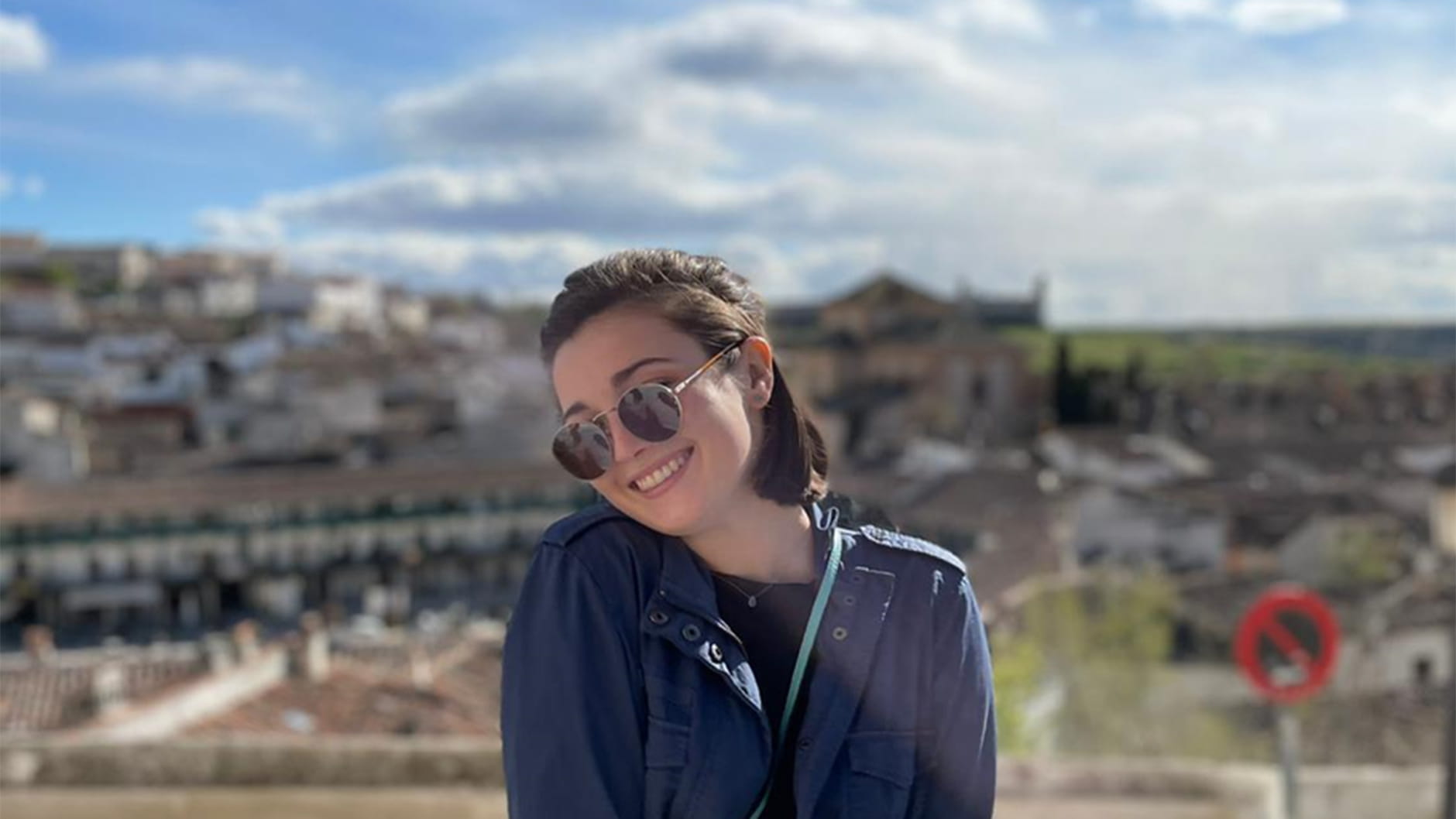As a higher education institution, we often ask the question: How can we best support the transition of our military and veteran students into student life? Endicott College recognizes that aiding in this pathway is essential to the success of our student veterans, and thus offers an array of support services and benefits to this population. Recently, the Van Loan School of Professional Studies, in partnership with the Association of Continuing Higher Education (ACHE), hosted two published researchers who asked, not the question listed above, but rather: How can we best harness the strengths of our veteran students in higher education?
Dr. Kay Yoon and Dr. Katie Sullivan are both professors at the University of Colorado, Colorado Springs, and they developed a study to better understand how veterans view their own strengths. Yoon and Sullivan noticed that conversations surrounding veterans often look at the challenges and needs associated with said population, rather than the wealth of experience veterans bring with them into the classroom. They developed this study as a means to reframe the conversation.
The study found that student veterans consistently share three core strengths:
Diversity: A broadened worldview and the ability to communicate with diverse others.
Leadership: The ability to mentor others, delegate or facilitate.
Drive: Demonstrating discipline, focus, initiative, and a strong work ethic in service of self or others.
One more skill, allowing student veterans to be flexible and adaptable, and which filtered through the three key strengths is their “bottom line, up front” style of communication. This population is able to contextualize and adapt their communication style depending on the needs of the situation, which is an overwhelmingly positive strength in the higher education setting, and beyond.
Based on the results of their study, Yoon and Sullivan developed two recommendations for higher education institutions to redirect the conversation surrounding the student veteran population. One suggestion is to draw on their strengths by encouraging them to share their experiences and apply them to what is being taught and learned in the classroom. This can be done by putting military students in leadership positions in project teams, encouraging them to lead a discussion, or asking them to facilitate a conversation around diversity.
The second suggestion is to balance the conversation around the student veteran population. At the macro level, the conversation could focus not only on the challenges and vulnerabilities of this student population, but should also include narratives about their strengths.
Watch the full video, learn more about benefits available to military and veteran students, and explore the programs available through the Van Loan School of Professional Studies.



